The Season of Mud
ATTRA
APRIL 2, 2024
Our pastures are devastated by livestock feeding areas, hooves, gate ruts, excessive rain, snow melt, and lack of vegetative cover during the non-growing season. We are too aware of the cost of pasture forage restoration, truck fenders, and loss of man hours, but there is also a cost to the health and welfare of our livestock.

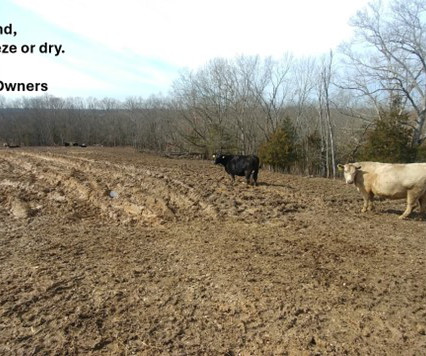




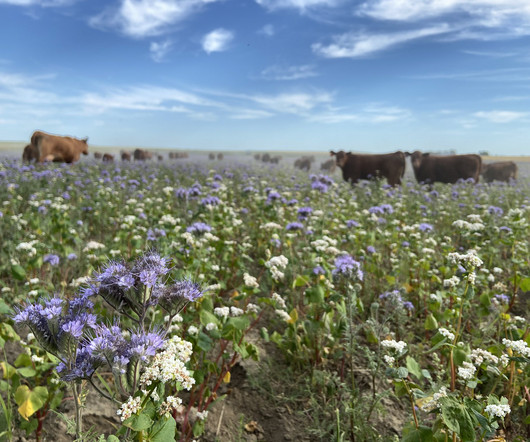
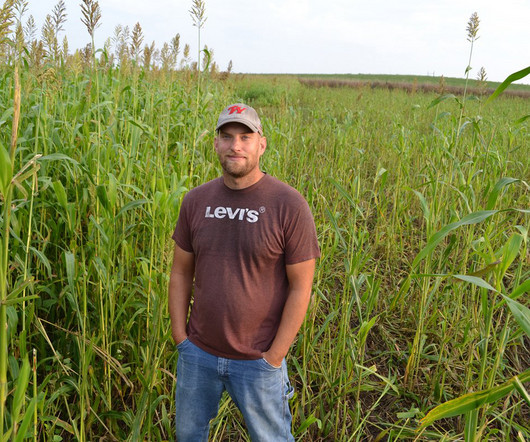
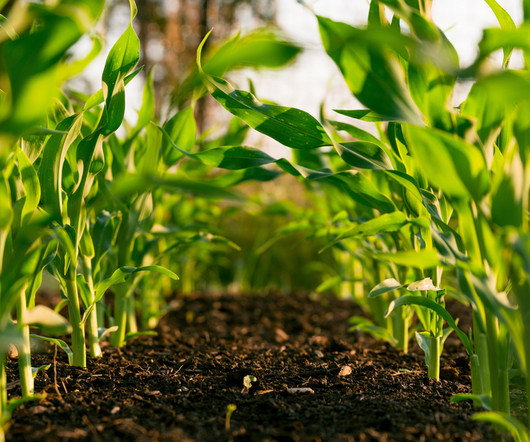

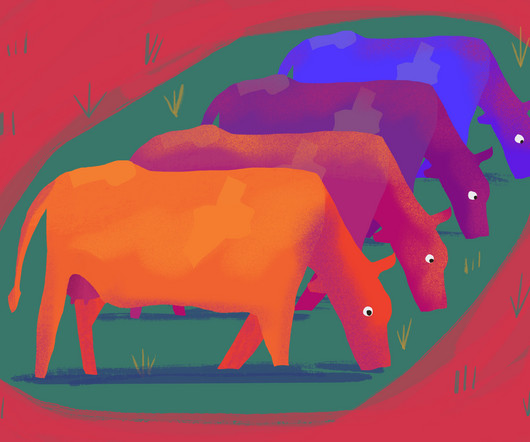
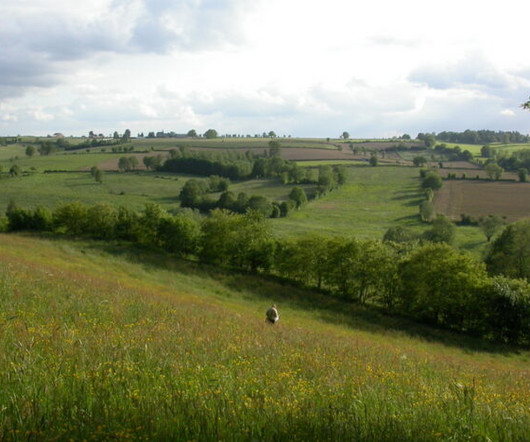
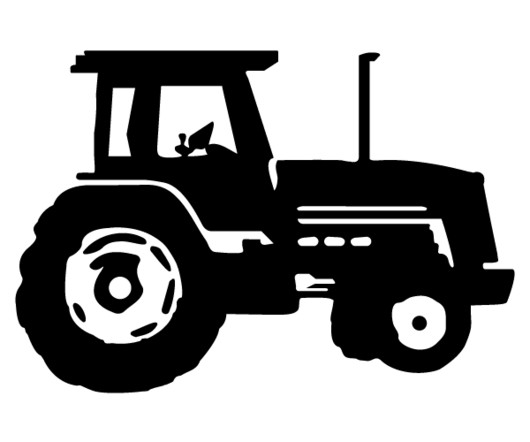
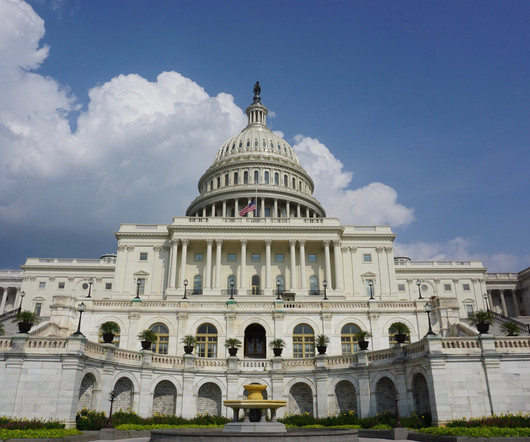
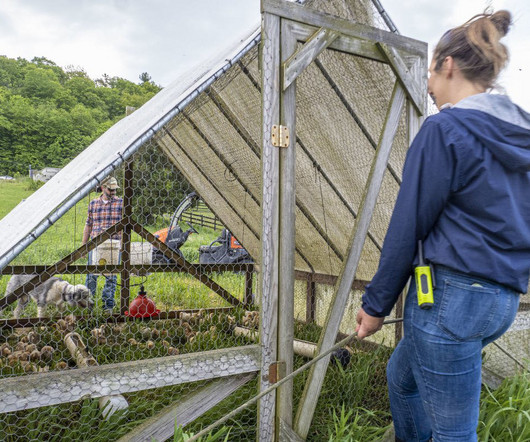







Let's personalize your content